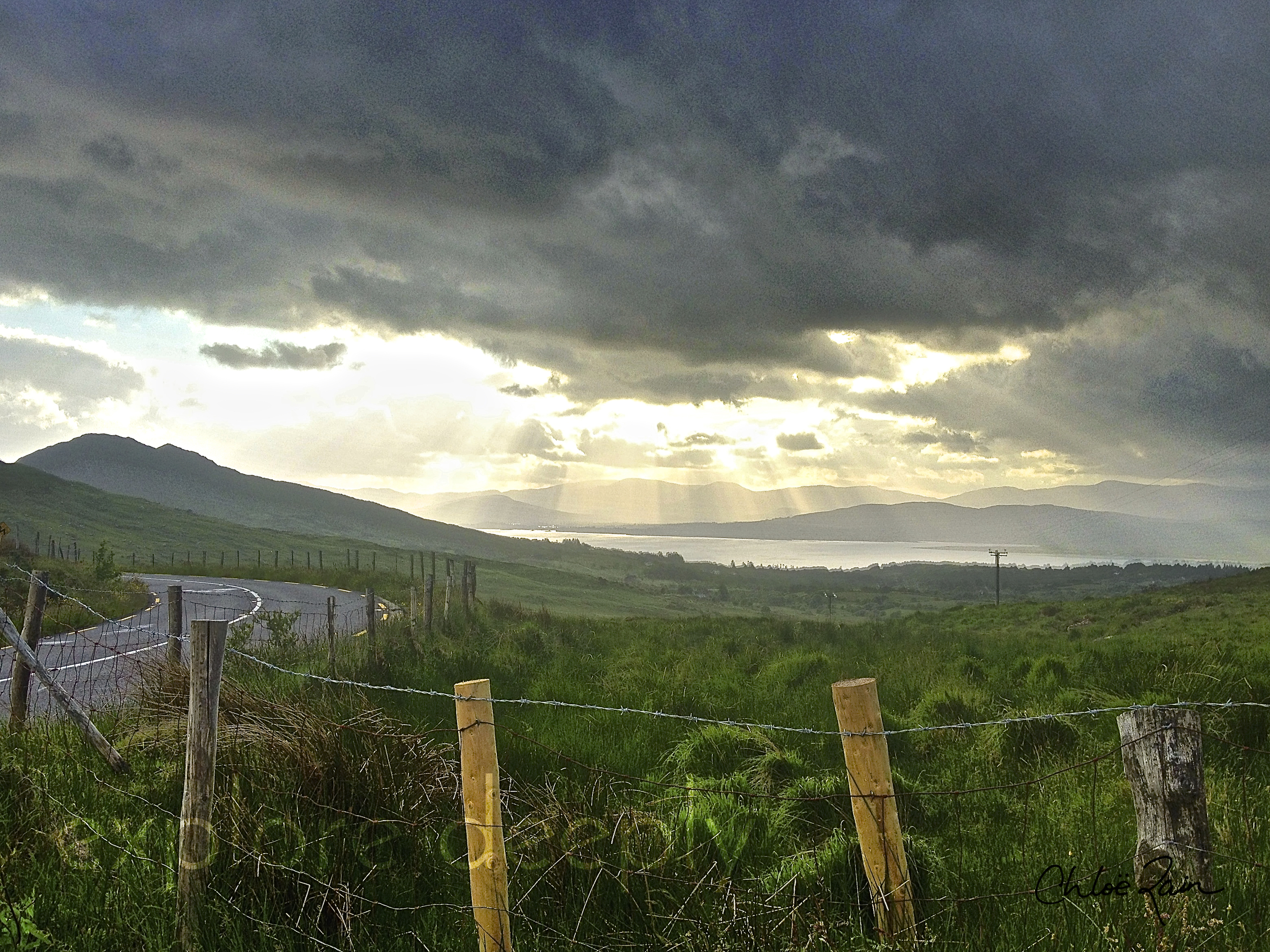Saint Brigid of Kildare & Imbolc the beginning of Spring
Ireland, Beara Peninsula ©ChloeRain 2013
Imbolc, also known as the Feast of Brigid, on February first, celebrates the arrival of longer, warmer days and the early signs of spring.
It is one of the four major "fire" festivals (quarter days), referred to in Irish mythology from medieval Irish texts. The other three festivals on the old Irish calendar are Beltane, Lughnasadh, and Samhain.
Prayer to St. Brigid of Ireland
Brigid
You were a woman of peace.
You brought harmony where there was conflict.
You brought light to the darkness.
You brought hope to the downcast.
May the mantle of your peace cover those who are troubled and anxious,
and may peace be firmly rooted in our hearts and in our world.
Inspire us to act justly and to reverence all God has made.
Brigid you were a voice for the wounded and the weary.
Strengthen what is weak within us.
Calm us into a quietness that heals and listens.
May we grow each day into greater wholeness in mind, body and spirit.




photographs, Travel through Killarney National Park, Beara Pennisula Ireland
St. Brigid's Feast Day is February 1st.
The word Imbolc means literally "in the belly" in the old Irish Neolithic language, referring to the pregnancy of ewes.
In ancient Irish mythology Brigid was a fire goddess. Nowadays her canonization is celebrated with a perpetual flame at her shrine in Kildare.
St. Brigid represents the Irish aspect of divine femininity in her role as patron of babies...
more : Thoughts on Finding Inspiration In the In-between Times : The Spiritual Significance of Imbolc